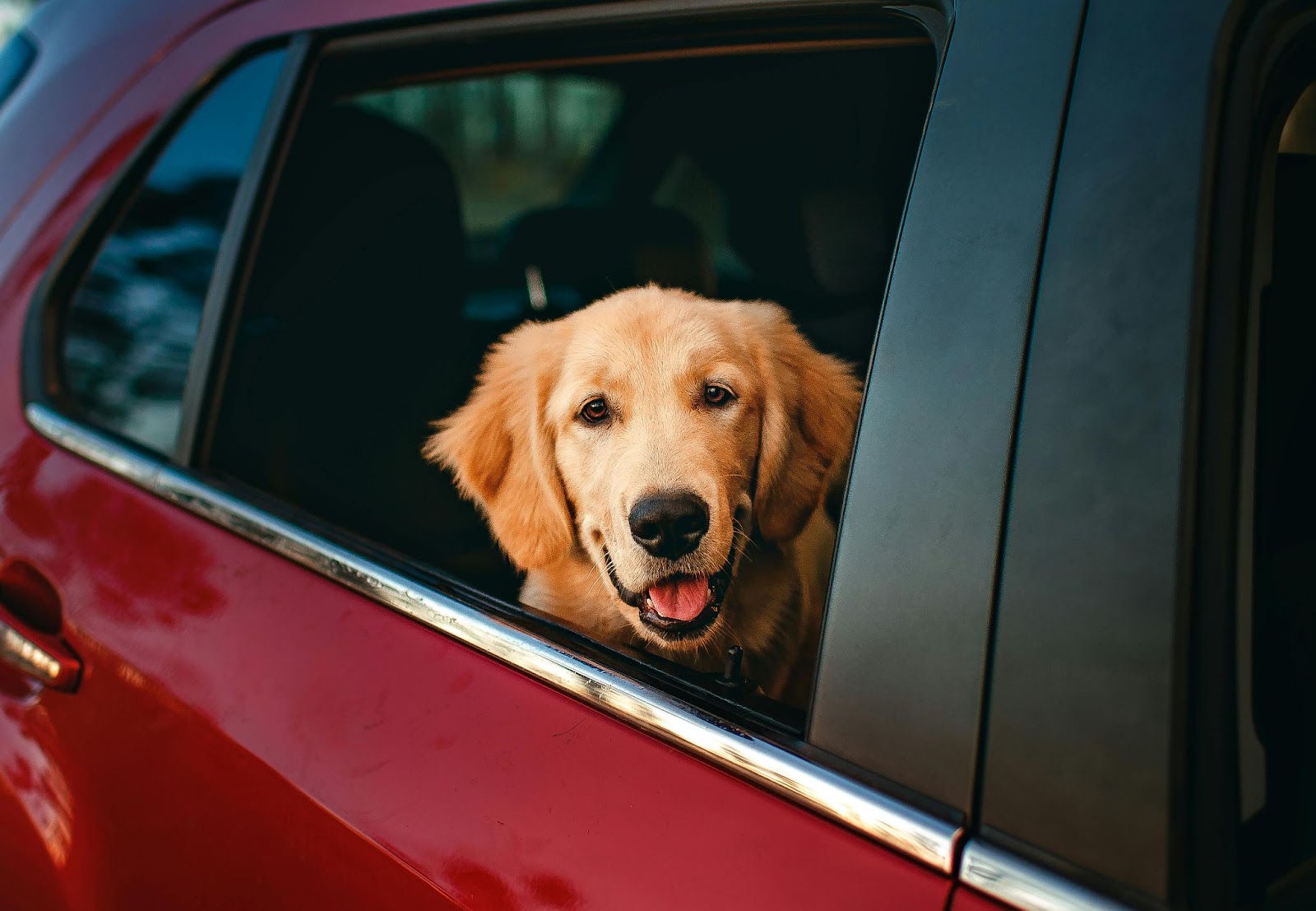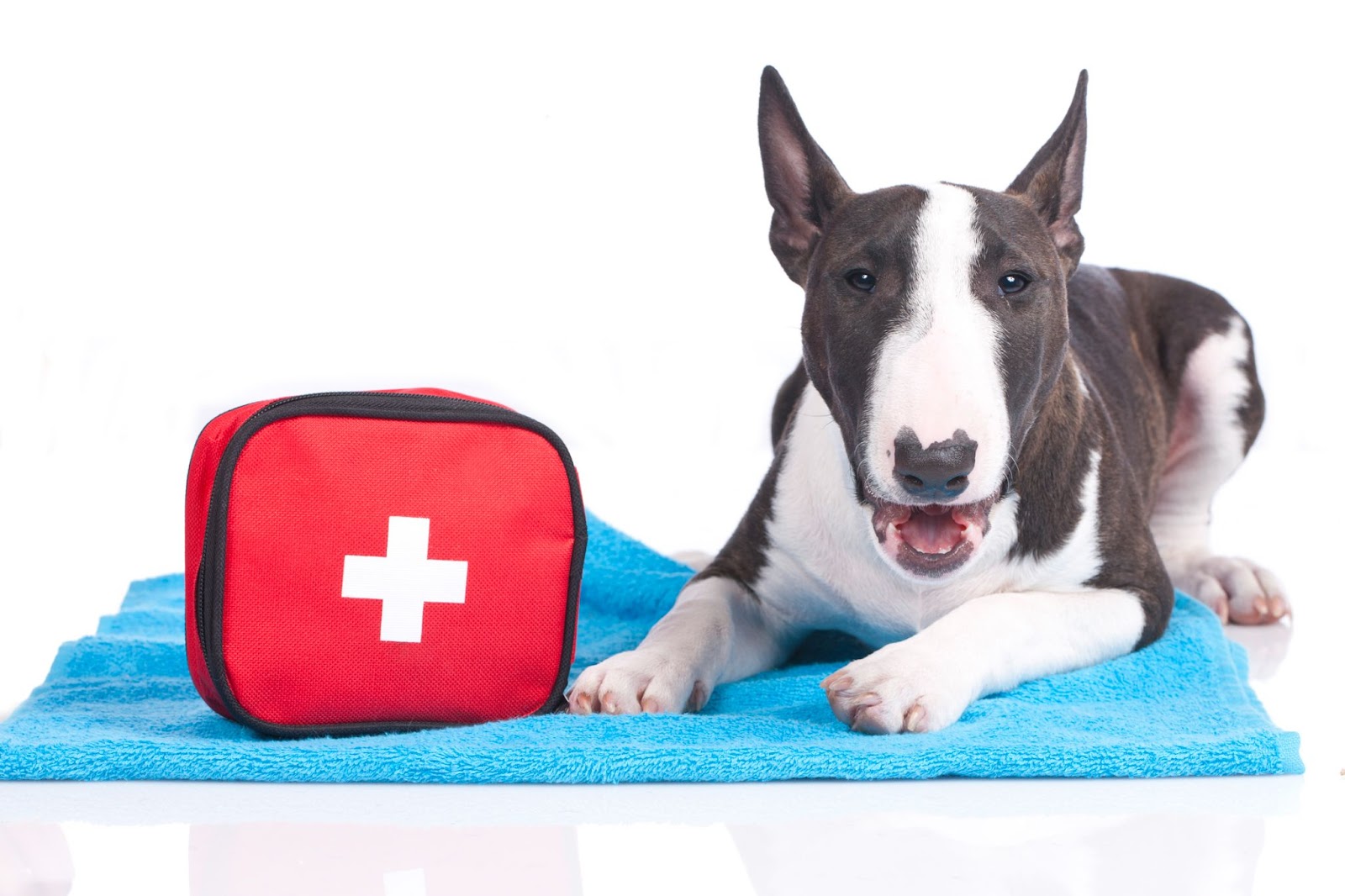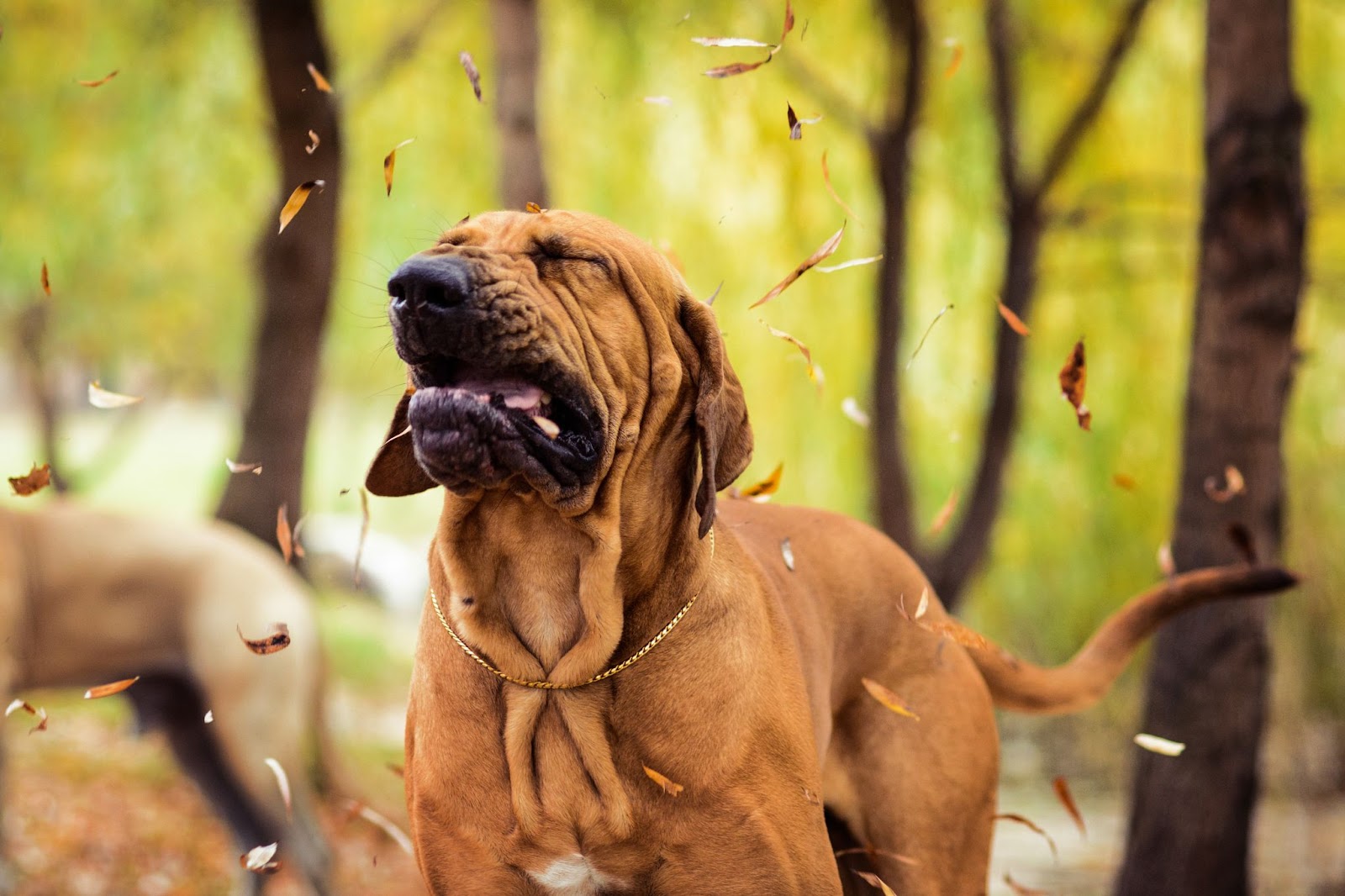Traveling with pets is a rewarding experience that allows you to make memories together, especially during the holiday season, but it requires careful preparation to keep your furry friends safe and comfortable. Pets have unique needs during travel, whether you’re hitting the road for a family visit or flying overseas to a vacation destination. From ensuring their physical safety to reducing anxiety, planning ahead is essential to make the journey stress-free for both you and your pet. With the right approach and Sinton Vet Clinic’s tips, traveling with your pet can deepen your bond while ensuring their health and happiness along the way.
If you have questions or concerns about your pet’s safety or anxiety, do not hesitate to reach out to our dedicated team. Sinton Vet Clinic is here to help, so dial (361) 364-4551 or schedule an appointment online!
Plan Ahead
Before embarking on your trip, take the time to thoroughly plan every aspect of your pet’s travel experience. Research your destination to ensure it’s pet-friendly, whether it’s a hotel, rental, or family home. If you’re planning to board a plane, we recommend that you familiarize yourself with the airline’s policies on pet travel, including weight limits and breed restrictions. When traveling across state lines or internationally, check the specific requirements for pet vaccinations, documentation, or quarantine periods. These regulations can vary significantly and may require weeks of preparation.
Additionally, map out the locations of nearby veterinary clinics or emergency animal hospitals at your destination, just in case. This preparation could save you valuable time in case of an emergency.
Pack a Pet Travel Kit
A well-prepared pet travel kit can make the journey much smoother and more enjoyable for your furry family member. Include your pet’s regular food to avoid digestive upsets from sudden dietary changes, and pack enough for the duration of your trip plus a little extra. Bring a portable water bowl and bottled water to ensure they stay hydrated throughout the travel experience.
Don’t forget waste bags, a sturdy leash, and any medications your pet requires. If your pet has special needs, include their comfort items like a favorite blanket or toy to help reduce anxiety. Make sure to pack their vaccination records, especially if you’re crossing state or international borders where proof of vaccinations might be required.
Ensure Proper Identification
Your pet’s safety begins with proper identification. Ensure their collar has a secure, legible tag that includes your current phone number and address. Microchipping your pet adds an extra layer of security, as it ensures they can be identified even if they lose their collar. Be sure to update your contact information in the microchip registry before your trip.
Consider using a GPS-enabled tracker on their collar for added peace of mind, especially if you’re visiting a new or busy location where your pet might become disoriented. Identification is not just about recovering a lost pet; it’s about ensuring a quick reunion in unfamiliar surroundings.
Choose the Right Carrier or Restraint
The type of carrier or restraint you choose can make a big difference in your pet’s safety and comfort during the trip. For car travel, look for a crash-tested harness, crate, or carrier designed to keep your pet secure during sudden stops or accidents. An unrestrained pet can become a projectile in a collision, putting everyone at risk. Make sure the carrier is well-ventilated, large enough for your pet to stand and turn around, and equipped with a comfortable lining.
For air travel, check with your airline well in advance to ensure your pet’s carrier meets their specific guidelines. If your pet will be traveling in the cargo hold, invest in a durable, airline-approved crate with clear labeling, ample ventilation, and a comfortable interior. Make sure to spend time acclimating your pet to the carrier weeks before the trip to reduce their anxiety.
Prioritize Comfort and Safety in the Car
When traveling by car, never let your pet roam freely inside the vehicle. Not only is this unsafe for your pet, but it can also distract the driver. Secure your pet in the back seat with a carrier or a seatbelt harness designed for pets. Keep the car at a comfortable temperature and ensure proper ventilation, but avoid letting your pet stick their head out of the window, especially at high speeds, as this can lead to eye injuries or other hazards. Plan frequent stops during long drives so your pet can stretch, relieve themselves, and hydrate.
Prepare for Air Travel
Traveling by air with pets requires extra attention to detail. Check your airline’s pet policies months in advance, especially if your pet is too large to travel in the cabin and must fly in the cargo hold. Ensure your pet’s carrier meets the airline’s size requirements and that it is labeled with your contact information. Acclimate your pet to the carrier by letting them explore it and spend time inside well before the trip. Avoid feeding your pet right before the flight to reduce the risk of motion sickness. If you’re traveling internationally, research import requirements such as health certificates or specific vaccinations.
Watch for Signs of Stress or Illness
Travel can be a stressful time for pets, especially if they’re not used to it. Watch for signs of discomfort or anxiety, such as excessive panting, drooling, whining, or pacing. If your pet shows signs of illness like vomiting, diarrhea, or lethargy, consult a veterinarian immediately. Taking preventive measures, such as giving your pet calming treats or pheromone sprays, can help reduce travel-related stress, but consult with your vet team beforehand.
Practice at Home First
If your pet is new to traveling, it’s a good idea to ease them into it by taking short practice trips. Start with brief car rides to nearby locations, gradually increasing the duration. Let your furry friend become familiar with their crate, encouraging them to be comfortable. Reward your pet with treats and positive reinforcement to create a positive association with travel and any equipment. This practice can help reduce anxiety and make longer journeys more manageable.
Make Travel a “Paws”-itive Experience
Traveling with pets can be a joyful and enriching experience, but it requires thoughtful preparation and attention to detail to ensure their safety and comfort. By planning ahead, packing the essentials, and addressing your pet’s specific needs, you can make the journey as easy as possible, allowing you to enjoy the journey. Whether you’re embarking on a short road trip or an international adventure, taking the time to practice at home and prioritize their well-being will go a long way toward creating a positive travel experience for both of you.
Remember, your pet depends on you for their care and security during travel. If you have any questions about travel preparations or need advice tailored to your pet, the team at Sinton Vet Clinic is here to help. Contact us at (361) 364-4551 or schedule an appointment online for personalized guidance. With the right planning and support, you and your pet can enjoy stress-free adventures and create memories that last a lifetime. Safe travels!





